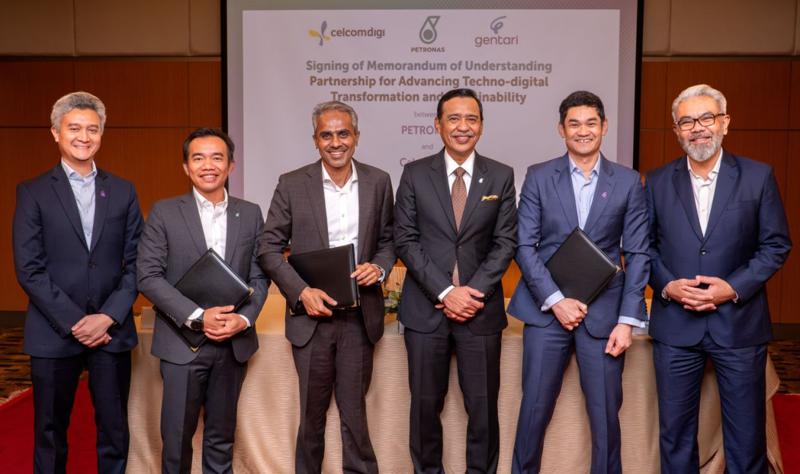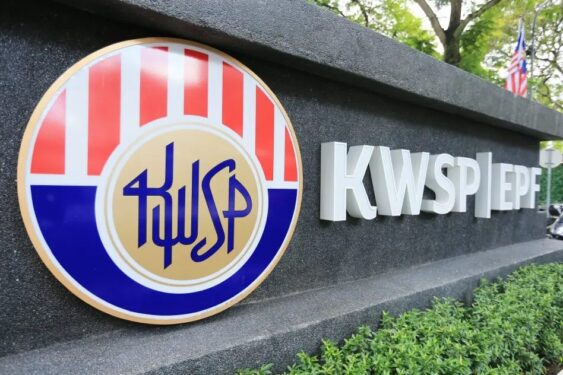HYPERCAR manufacturer and electric technology specialist Rimac Automobili unveiled the production version of the C-Two yesterday, dubbed as the Nevera: an all-electric, 1,914-horsepower, hypercar worth €2 mil that is designed and engineered to deliver an unprecedented level of performance up to 258 miles per hour (mph).
The Nevera is the production-ready iteration of Rimac’s C_Two concept car, with the majority of its key components developed in-house at Rimac’s headquarters in Croatia.
With the Nevera, all systems have been improved and enhanced since the initial prototypes to deliver on the ambitious performance targets set for at the beginning of the project in 2018.
“This is the car I had in mind when I embarked on the ‘impossible’ journey ten years ago. All our hard work has resulted in the Nevera – our record-breaking hypercar. This car was born to outperform, and to raise the bar, redefining the norm for performance cars. And not only in performance – but as an all-around package,” Rimac Automobili founder and CEO Mate Rimac enthused.
“When we first revealed the C_Two, we set our targets extremely high. There was nothing else that could even come close to matching the car’s cutting-edge electric powertrain and extreme performance. But for us, that was only the starting point,” he explained further.
Rimac announced that the company will only be making 150 examples of the Nevera, to which he will personally test and sign off each one of the Nevera before the units are delivered to customers.

Form follows function
Rimac favors lean and effective engineering at every stage, and that philosophy is exemplified in the form-follows-function nature of the Nevera’s timeless, elegant design. It is applied to every single detail, including Rimac’s signature ‘cravat’ feature, which is incorporated into its flanks.
A comprehensive raft of changes to the Nevera’s bodywork, air diffusers and intakes has delivered a 34 per cent improvement in aerodynamic efficiency over the early prototypes.
The profile of the bonnet, the shape of the pillars and the design of the diffusers, splitters and radiators have all been intensively analysed and refined to improve airflow and downforce.
Inlets and cooling channels have been painstakingly developed to increase the cooling efficiency of both the brake and powertrain systems, resulting in a 30% improvement at low speeds and a 7% enhancement at high speeds.
Rimac has also created numerous new innovative active aerodynamic elements to elevate the Nevera’s cooling, performance, stability, and efficiency abilities.
The front bonnet profile, underbody flap, rear diffuser and rear wing can each move independently, driven by complex algorithms that provided the optimum aerodynamic configuration for every driving situation.
Despite incorporating a wealth of active aerodynamic elements, as well as many cameras and sensors that enable the Driver Coach feature, the Nevera’s body design remains a coherent graphic. It combines both the drama and beauty of a hypercar and appears simultaneously shaped by the air and forged with technology.
The stunning butterfly doors elegantly carve away from the car’s wide sill as they open, creating a generous space for ease of entry and egress.
Lightweight, forged alloy wheels feature a unique aerodynamic design that channels cooling air to the Brembo carbon-ceramic braking system and ensures smooth airflow down the car’s flanks.
World’s most advanced monocoque construction
Nevera’s groundbreaking monocoque, developed by the former C_Two Chief Engineer Daniele Giachi, includes a bonded carbon roof, integrated structural battery pack and rear carbon subframe, is forming the largest single carbon fibre piece in the entire automotive industry.
Weighing less than 200kg and utilising 2200 carbon fibre plys and 222 aluminium inserts, the level of unmatched strength and safety this provides has contributed to the Nevera meeting strict global homologation standards, and delivering the most rigid structure of any car ever made.

Driving the future
The key to the Nevera’s exceptional performance is Rimac’s pioneering electric powertrain. The unique H-shaped, liquid-cooled, 120kWh, 6960-cell battery was designed from scratch by Rimac and sits at the very heart of the Nevera.
Capable of producing 1.4MW of power, the Lithium/Manganese/Nickel battery also forms an integral part of the car’s core, adding 37% structural stiffness to the carbon fibre monocoque.
The battery’s optimum positioning low and central within the car’s floor contributes to an ultra-low centre of gravity. This helps create an excellent 48/52 front/rear weight distribution and the best possible handling balance.
Capable of instantly summoning maximum torque from the first moment, the Nevera’s electric motors are 97% efficient – compared with 40% for the most effective internal combustion engines – and completely maintenance-free throughout their operating life.
Out of this world acceleration
With the ability to sprint to 60mph in 1.85 seconds[1] and continue the acceleration all the way to a 412 km/h (258mph) top speed, the Nevera opens up a new dimension in hypercar performance.
Accelerating from rest to 161 km/h (100 mph) requires just 4.3 seconds and it maintains its eye-widening acceleration throughout a full-throttle cycle, achieving 186mph (300 km/h) from rest in 9,3 seconds, shredding a whole 2,5 seconds from the initial targets. Finally, it achieves a record-breaking 8,6 seconds quarter-mile time.
The Nevera is also equipped with cutting-edge braking technology. A complex electro-hyrdaulic brake booster with brake pedal feel simulator distributes the braking force between the friction brakes and electric powertrain, depending on the battery, powertrain and brake state. – June 2, 2021










